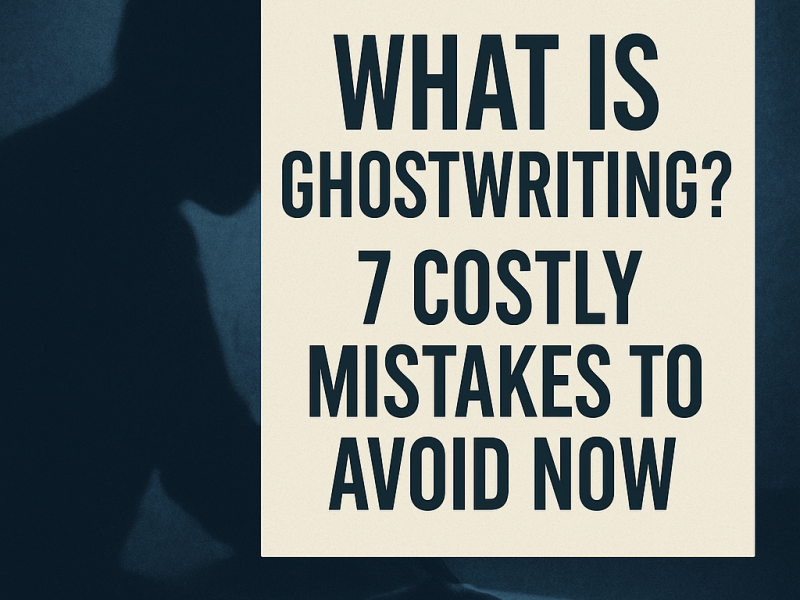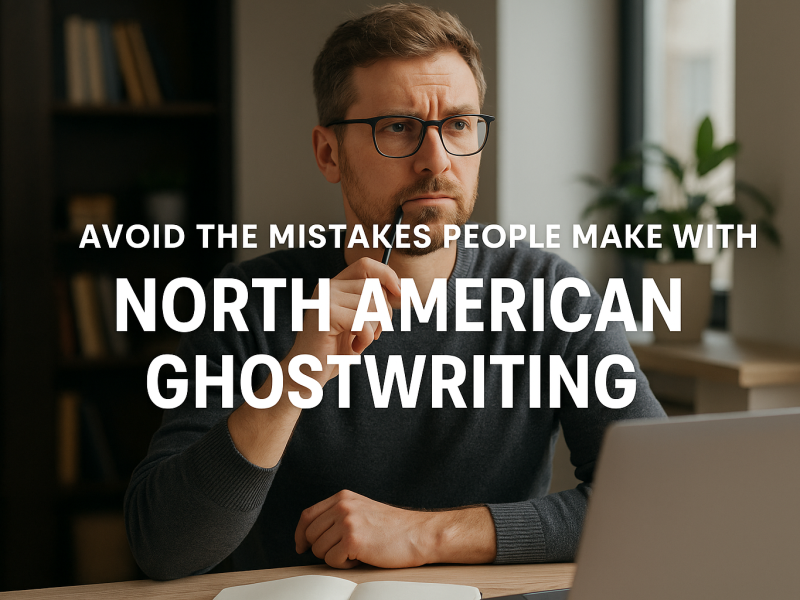Ghostwriting is everywhere — but you’d never know it. Bestselling memoirs, viral blog posts, and even high-profile LinkedIn influencers often don’t write their material. The person behind the words? A professional ghostwriter.
So, what is ghostwriting really — and what does it take to do it well?
Whether you’re curious about writing books for clients or building a hidden freelance empire, here are 3 things you need to know.
✍️ If you’re serious about becoming a professional ghostwriter, Ink In The Shadows is the go-to training hub. Their masterclass, “Mastering the Art of Ghostwriting,” equips you with everything from proposal templates to AI-assisted writing techniques.
1. Ghostwriting Is More Common Than You Think
Most people think authors write every word themselves. The reality? Many don’t.
-
Over 60% of nonfiction books by celebrities, athletes, and executives are ghostwritten.
-
Entire business blogs and email sequences are outsourced to skilled writers who remain behind the scenes.
-
Political speeches, medical guides, CEO letters — all likely touched by a ghostwriter.
Ghostwriting isn’t fraud — it’s collaboration. You’re helping someone share their voice, story, or message when they don’t have the time or skill to do it themselves.
📌 Read about ghostwriting in publishing — The New York Times
And if you want to write for others like a pro? Ink In The Shadows teaches exactly that — including how to maintain client confidentiality, manage ethical boundaries, and still build a profitable career.
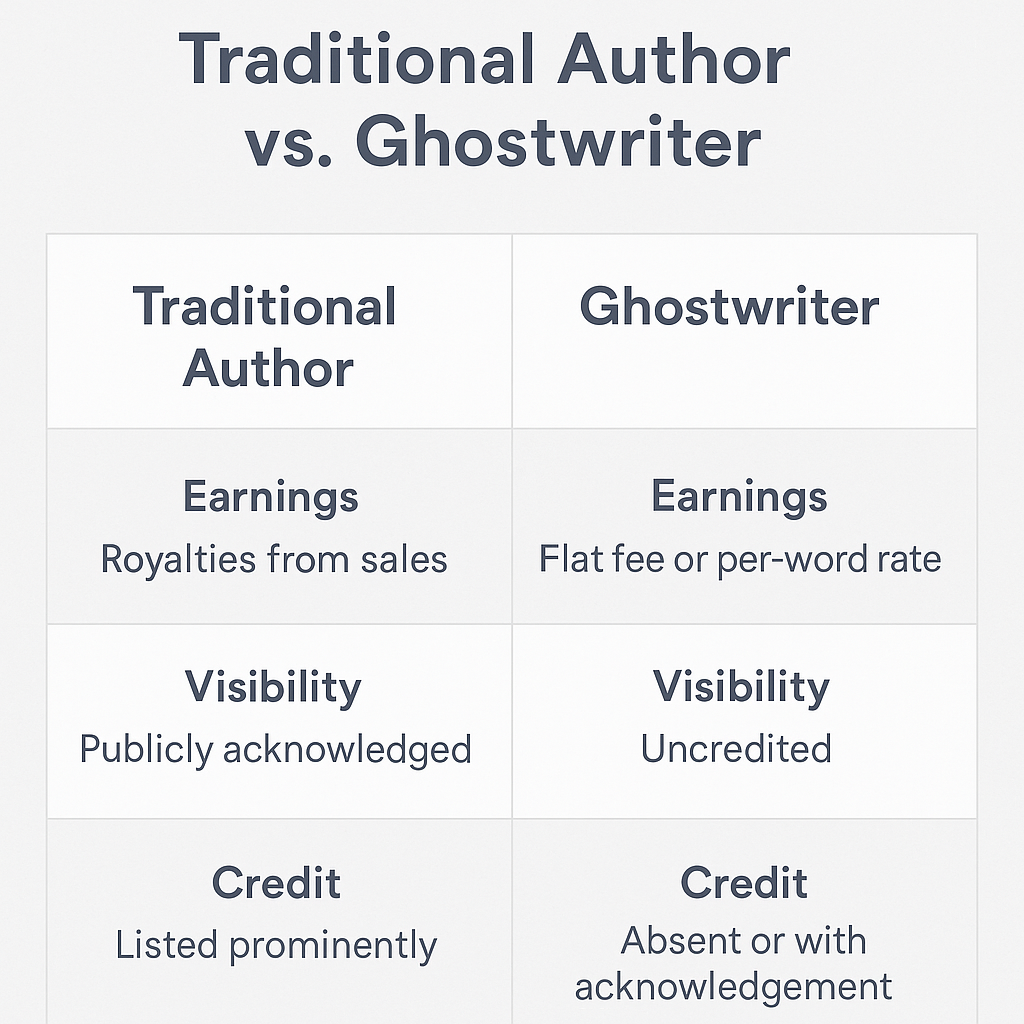
2. You Still Get Paid Like the Author — You Just Don’t Get the Credit
Ghostwriters often make more upfront than authors — even if their name never appears on the cover.
Here’s how it works:
-
Flat Fee: One-time project payment (e.g., $5,000–$50,000 depending on scope and experience).
-
Royalty Split: A percentage of future sales.
-
Hybrid Deals: Lower fee + royalties + milestone bonuses.
You won’t get the fame, but the money can be very real — especially if you ghostwrite books, business funnels, or scripts.
📌 U.S. Copyright Office – Work-for-Hire Explained
Ink In The Shadows includes client proposal templates, sample NDAs, and real-world payment breakdowns. You’ll learn to price your work, structure contracts, and avoid being underpaid or exploited.
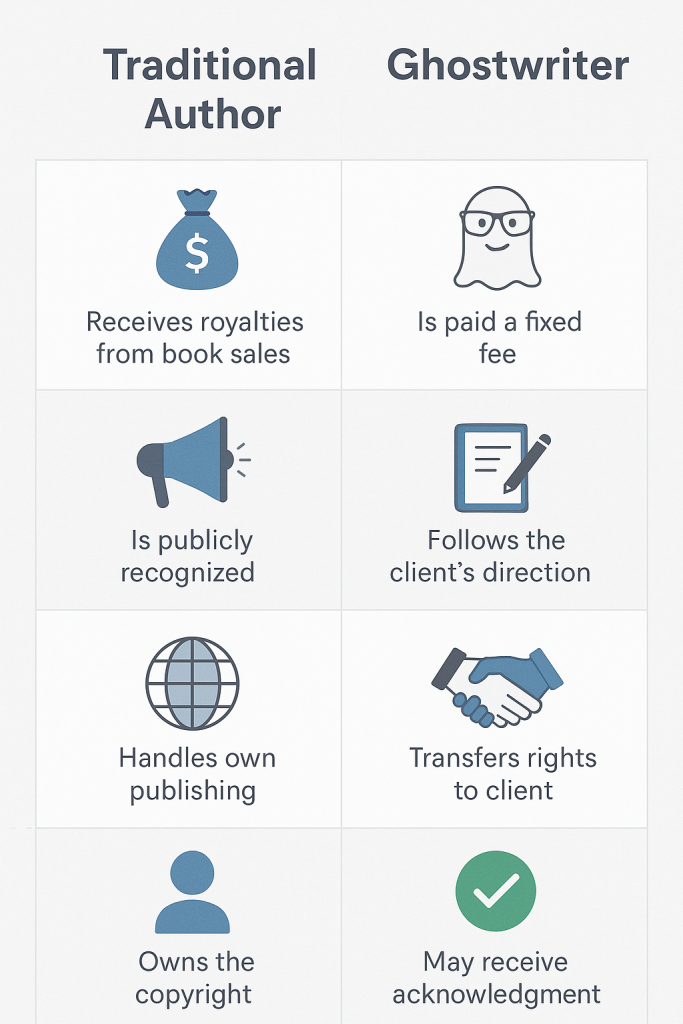
3. Great Ghostwriters Disappear — But Their Work Lasts
The goal of a ghostwriter is not to be recognized. It’s to make your client sound brilliant.
You have to:
-
Match their voice exactly — tone, word choice, rhythm
-
Interview them deeply — pull out the story they don’t know how to tell
-
Write with authenticity — the audience must believe it’s them
Ghostwriting is performance writing — and Ink In The Shadows teaches it better than anyone.
You’ll learn how to use AI without losing the human voice, how to handle clients with different personalities, and how to transform interviews into compelling content.
📌 Narrative Voice – Writing Tips from Reedsy
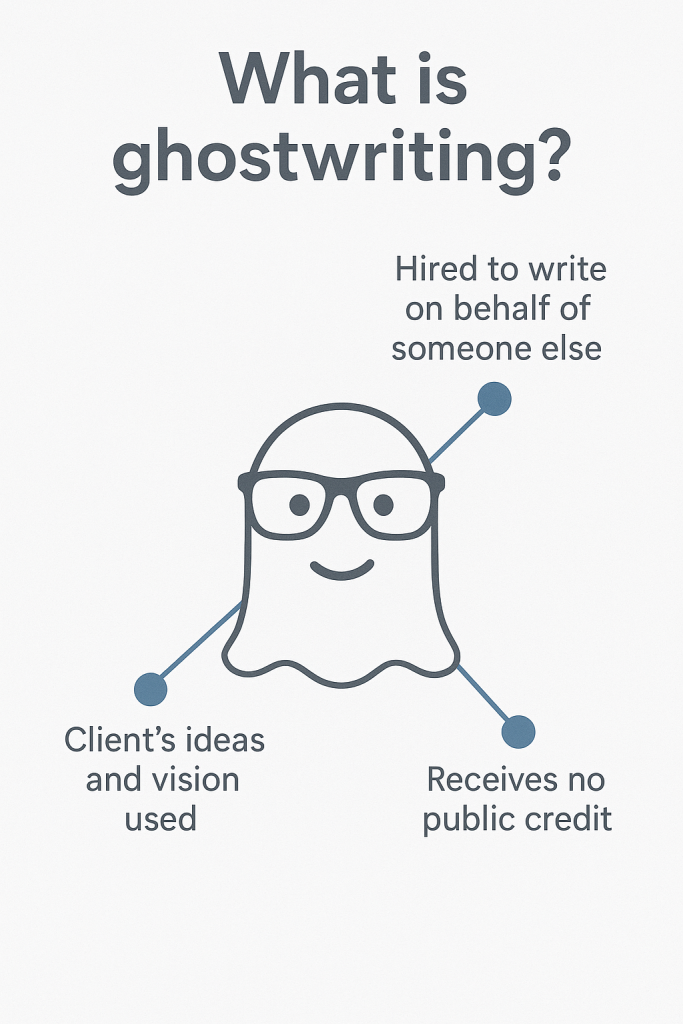
🔎 FAQ: Real Questions People Ask About Ghostwriting
❓ What is ghostwriting and how does it work?
Ghostwriting is writing content that’s credited to someone else. A client hires a ghostwriter to write books, blogs, speeches, and other materials and publishes them under their name.
❓ Is ghostwriting legal?
Yes. It’s a legal business arrangement, typically protected by NDAs and service agreements.
❓ Can anyone become a ghostwriter?
If you’re a strong writer, willing to learn voice adaptation and client communication, you can become a ghostwriter. Professional training helps.
❓ How much do ghostwriters get paid?
It varies. Blog posts might earn $200–$500; books can go from $5,000 to $100,000+ depending on length, experience, and royalties.
✨ Final Thoughts: Ready to Write for Others — and Get Paid Like a Pro?
Ghostwriting isn’t just a writing gig. It’s a business model, a skillset, and a career path. You don’t need followers or fame. Just results.
If you’re curious about how to ghostwrite, charge well, and deliver work that builds empires behind the scenes?
🎯 Start here with Ink In The Shadows
🔥 Enroll in Mastering the Art of Ghostwriting: From Foundational Knowledge to AI Integration


